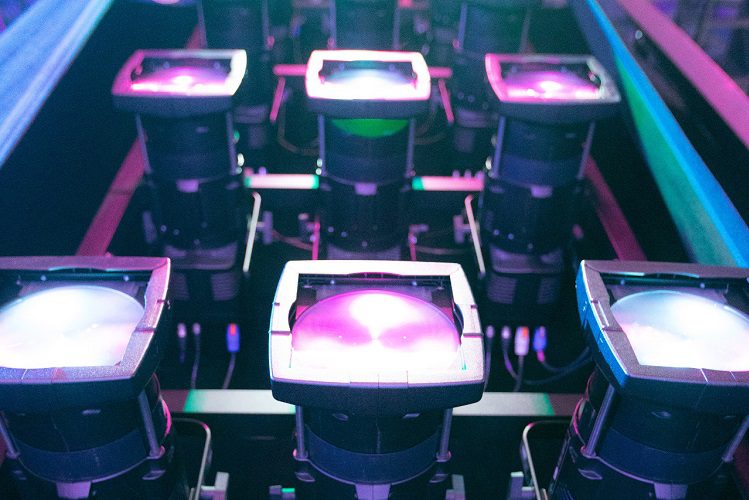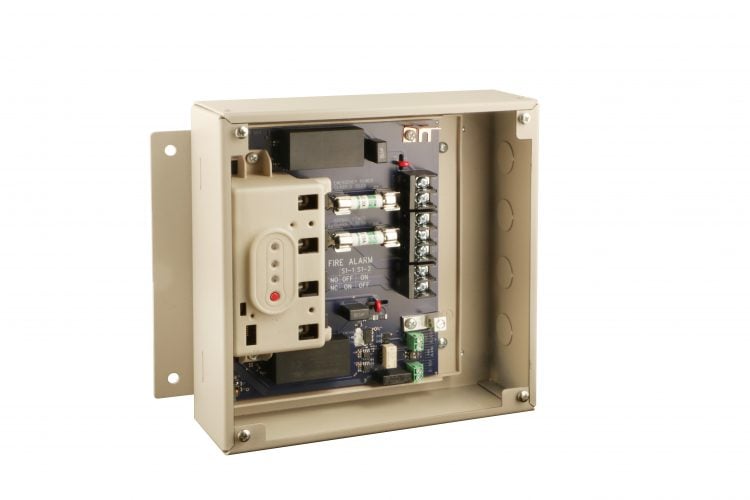The most common connector in the entertainment industry in North America may be the ubiquitous 20A stage pin connector. That connector has been around in one form or another for more than 60 years. Early in its history, it did not have a Listing from a Nationally Recognized Testing Laboratory (NRTL) – such as UL, ETL, and others – but neither did most items in the early theatre electrical equipment list. Over the years, the regulatory climate changed and manufacturers achieved a Listing on pin connectors. A typical Listing for a 20 Amp pin connector contained a dual rating of 20A/125V and 15A/250V. This rating memorialized early use of pin connectors at multiple voltages.
Standards and Listing
Much later, the USITT sought to create a standard for dimensional configurations of stage pin connectors in order to assure safe mating of connectors from different manufacturers. This effort evolved into an ESTA/ANSI standard, E1.24 Entertainment Technology—Dimensional Requirements for Stage Pin Connectors. Eventually, UL adopted ANSI E1.24 by reference into the UL498 Standard for Attachment Plugs and Receptacles, which is the governing standard for listing of all types of multi-pole connectors. But this did not occur until a significant change was made to E1.24 at UL’s request.
In order to understand the change required by UL, let’s look at a dual-voltage wiring device like the stage pin connector, and how it would be used in North America:
- When used at 120V, the three connector poles are connected to Hot (the “ungrounded conductor”), Neutral (the “grounded conductor”), and Ground (the “equipment grounding conductor”).
- When used at 208V (the common phase-to-phase voltage), the three connector poles would be connected to two ungrounded phase conductors, and one equipment grounding conductor. No Neutral (grounded) conductor would be present. Both ungrounded poles of the connector would be 120V above ground.
Put another way, the neutral (white) terminal would be connected to neutral in the 120V application, while it would be connected to a phase in the 208V application. It is this situation to which UL objected: either a connector terminal is a neutral terminal or a phase terminal, it cannot be one or the other depending on the application. This caused a modification of the E1.24 standard, with an important note added to the configuration chart:
Type 5 connectors are dual-voltage rated for use only on grounded-neutral systems at either 125V in North America or 250V in other areas of the world.
Type 5 connectors shall be used only in line to grounded neutral applications in both their 125 and 250 volt ratings.
It is that wording that prohibits the 20A stage pin connector from being used at 208V in North America, since it is not a grounded neutral application.
Up to Code
In addition to the ANSI E1.24 prohibition, the NEC also has something to say on this matter. Given that a theatre with stage pin connectors will be using them at 120V, this section of the NEC applies:
406.4 (F) Noninterchangeable Types. Receptacles connected to
circuits that have different voltages, frequencies, or types of
current (ac or dc) on the same premises shall be of such design
that the attachment plugs used on these circuits are not interchangeable.
This explicitly prohibits the use of the same connector at two different voltages in the same facility and makes clear that a stage pin connector used at 120V cannot also be used at 208V.
So, when picking a general-purpose connector for use at 208V, it needs to be both:
- Rated for at least 208V and for use in a phase-to-phase application
- Not interchangeable with connectors used at other voltages in the facility
Looking for more information on electrical safety, Codes and Listings? Read more blog posts by Steve Terry.





